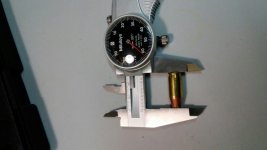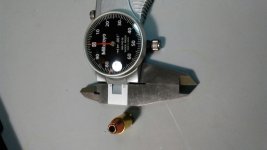When I start with a new bullet that will be used in a semi-auto handgun, I make a round without powder and primer. The case is fully resized. I seat a bullet in this neutered case, and drop it in the barrel chamber. It either goes in or it does not.
If it does not, I seat a few thousandths deeper and try again. I keep going until the cartridge passes the plunk test. I measure and record the measurement for future use.
I have a hell of a spread sheet with all these measurements. It is almost large enough to create a database and some day I will.
I might glance at the books to see how it compares, but the seating depth will not change regardless because this cartridge is customized to my chamber, not some book writers universal receiver and barrel.
It saves some time and trouble. I have been faced with some pretty serious out of battery incidents in the past, but none since I have started the practice described above.
Most times book COALs are just for reference and just tell you what the load developers did when they wrote the book. Remember: they were not developing loads for your guns, but they were kind enough to share their data. You still should be very careful when starting with new components in such a small case as the 308 ACP. It is not designed for the pressures that a 9mm is.
On other note: I don't like Titegroup because there usually is not enough spread from start to max for my liking. I have never used it for that reason, but that is just me.
When I loaded a lot of 380 ACP, I used to get some super accurate loads using Bullseye.


